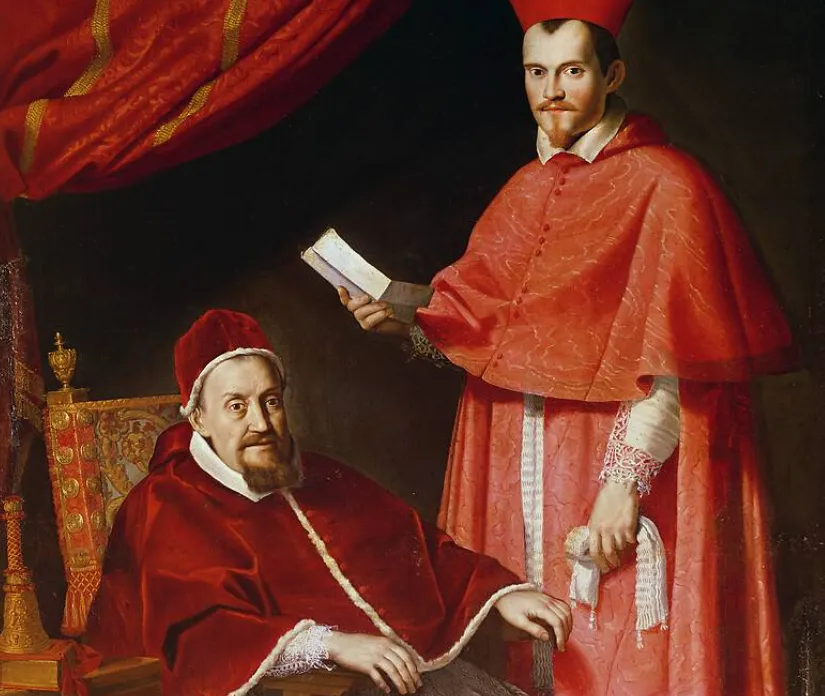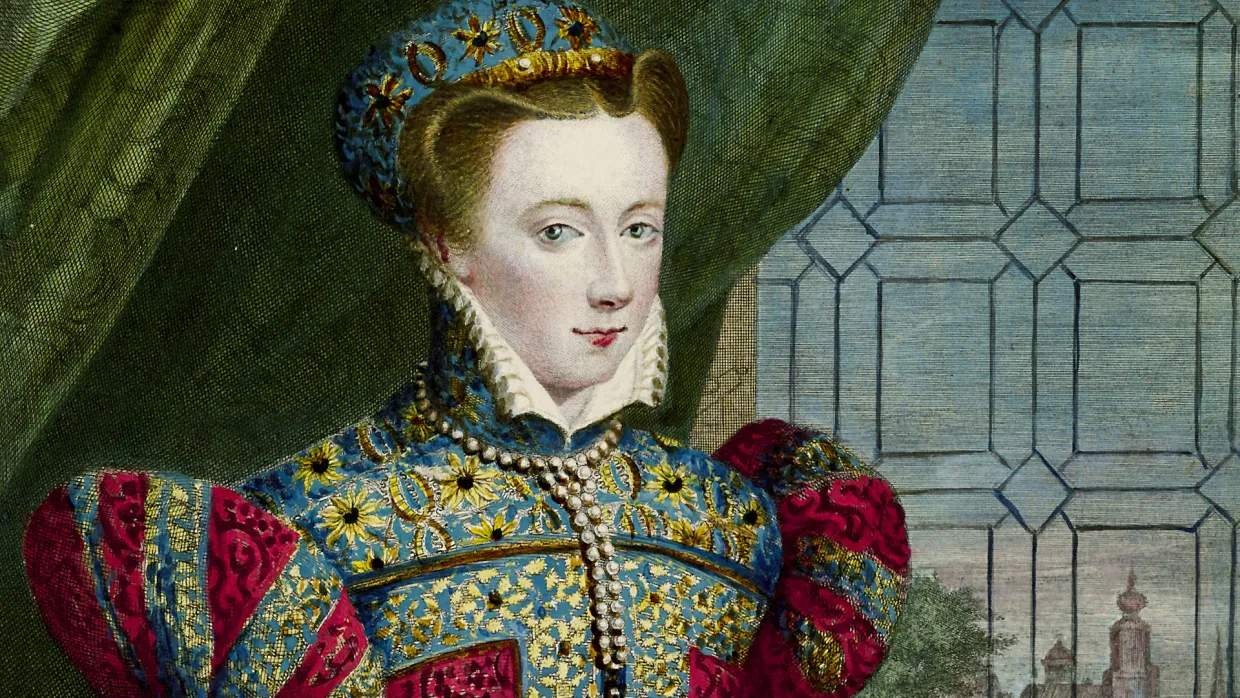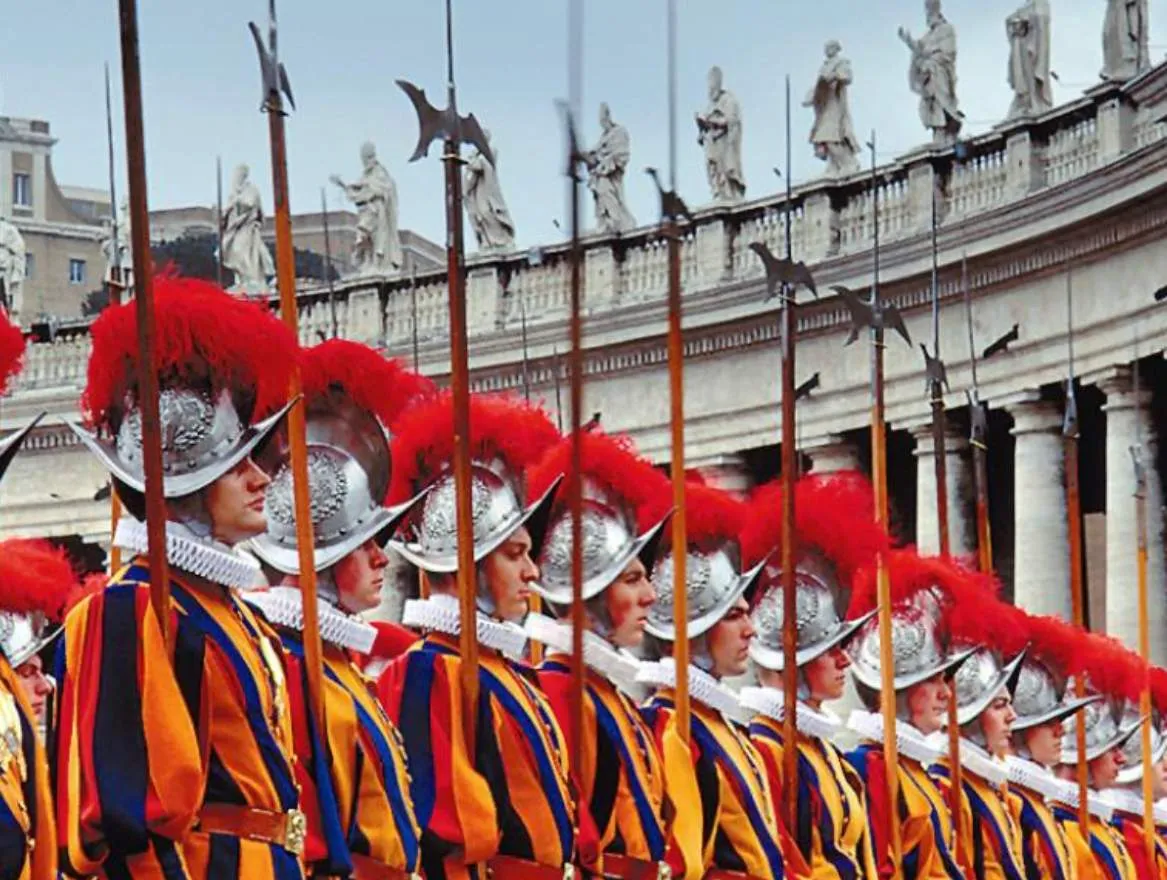Vatican Espionage: The Holy Alliance of Spies
Even today, the CIA is referred to as the ‘Catholic Intelligence Agency’ while the Vatican’s ties to espionage date back more than five centuries.
With the inauguration of President Ronald Reagan in 1981, Washington and Vatican City quietly made strategic contact - so too did CIA Director William Casey and special envoy Monsignor Luigi Poggi, otherwise known as the ‘Pope’s Spy’.
By the time Reagan and Pope John Paul II met face-to-face in the Vatican Library in 1982, they were ready to discuss a joint, clandestine campaign centered on Poland and designed to thwart communism and the Soviet Union. "This was one of the great secret alliances of all time," Richard Allen, Reagan's first National Security Adviser, later recalled.
Meanwhile, in the same wing of the papal apartments that day, US Secretary of State Alexander Haig and Reagan’s National Security Adviser focused on Israel’s invasion of Lebanon with their counterparts Agostino Cardinal Casaroli and Archbishop Achille Silvestrini. Unsurprisingly, many of the US players were Catholics - Haig, Casey, and US National Security Adviser William P. Clark Jr. among them.
“They regarded the US-Vatican relationship as a holy alliance: the moral force of the Pope and the teachings of their church combined with their fierce anti-communism and their notion of American democracy,” Carl Bernstein wrote in an article for Time magazine.
The religious approach to intelligence initiated by OSS pioneers Edward Lansdale and spymaster ‘Wild Bill’ Donovan in the 1940s established CIA methods and understanding of the world in the early days of the spy agencies, author Michael Graziano argues. The CIA is still referred to as ‘Catholics In Action’ and the ‘Catholic Intelligence Agency’.

The Holy Alliance
Does the Vatican have spies?
“Yes, there have been books written about this and the Vatican diplomats are truly experts. The ones I’ve met who worked for the nuncio were very talented people, multilingual, and were able to blend into different cultures very easily,” said Dr. Kenneth Dekleva, a former US State Department psychiatrist, author of The Negotiator's Cross, and SPYEX consultant. “I thought they were very remarkable as diplomats.”
The role of Vatican spies involves keeping the church safe. “They manage the relations between the Vatican and different countries including in places where there may not be formal relations yet, or areas where there are formal relations yet the negotiations involving appointments of bishops, priests, things like that, are very complex," Dekleva told the Goldster podcast. "China is a great example in that regard.”
While the Vatican has always denied it operates an intelligence agency, Eric Frattini, author of The Entity, has written extensively about Vatican ties to espionage across five centuries including its sacred secret service founded in 1566 and known as ‘The Holy Alliance’ (later renamed ‘The Entity’), and the 1913 foundation of Vatican counterintelligence unit Sodalitium Pianum (the fellowship of Pius) or SP, for short.
“Napoleon likened the power of a single Pope to that of an army of 200,000 men,” Frattini said. “Really throughout history, the papacy has always displayed two faces: that of the worldwide leadership of the Catholic Church and that of one of the planet’s best political organizations. While Popes were blessing their faithful on the one hand, on the other, they were receiving foreign ambassadors and heads of states and dispatching legates and nuncios on special missions.”
Today the Pope also oversees a sophisticated diplomatic service that operates worldwide while the US, Britain, and dozens of other countries appoint ambassadors to the Holy See, the seat of government of the Catholic Church headquartered in the independent Vatican City State. US Ambassador Joe Donnelly presented his credentials to Pope Francis in 2022, the 12th such American representative to operate as a liaison between the Holy See and the US since the Reagan years.

With cross and sword
More than 40 Popes have governed since the creation of the Holy Alliance spy service under Pius V, Frattini writes, confronting schisms, revolutions, dictatorships, world wars, and assassination attempts. In the 16th century, the Vatican’s enemies were liberalism, democracy, republicanism, and socialism. By the 19th and 20th centuries, they were modernism, Americanism, and the sexual revolution. The 21st century has thrown up the problem of scientific intrusion in religious questions.

The Holy Alliance’s powerful chieftains - some call them ‘spymasters’ - range from Ludovico Ludovisi and Bartolomeo Pacca to the ‘Pope’s Spy’ Luigi Cardinal Poggi, a diplomat who started in the Secretariat of State in 1945 and worked in the diplomatic service of the Holy See from 1946 to 1994. Poggi is said to have modernized the spy service and taken full advantage of his contacts with Israel’s Mossad.
"The brand new social experience where you activate your gaming skills as you train like a spy."
- TimeOut
Take on thrilling, high-energy espionage challenges across different game zones.


The Sacred Secret Service
Pope Pius V reportedly founded the 16th-century Vatican espionage service to support Mary Queen of Scots over ‘heretic’ Elizabeth I of England who was excommunicated in 1570. (England’s Queen also operated her own spy service under Sir Francis Walsingham whose job was to keep Elizabeth I safe.)
Although the Vatican state has never admitted the existence of the Holy Alliance or counterintelligence unit SP, Fratinni and others describe their operations as an ‘open secret’. Nazi hunter Simon Wiesenthal once told an interviewer: “The best and most effective espionage service I know in the world belongs to the Vatican.”
Others argue that the ‘long shadow’ of the Vatican’s Holy Alliance is visible throughout the French Revolution, the rise and fall of Napoleon, in secret relations with Adolf Hitler during WWII, and in battles against terrorist group Black September, the Venezuelan assassin known as Carlos the Jackal, and communism.
California Professor David Alvarez, author of Spies in the Vatican (2002), said the Vatican has also used its vast network of informants to spy on liberal Catholics and during a covert mission to establish an underground church in the Soviet Union. The Vatican itself has been the target of hostile intelligence services as well. During WWII, the Nazis secured the services of an apostate priest, Herbert Keller, who exposed Pope Pius XII’s involvement in a plot against Hitler.
In later years, the Vatican solidified its ties with foreign intelligence services. Father Carlo Jacobini, a Holy Alliance agent who spoke six languages fluently, was trained at Langley, the CIA HQ in Virginia, Frattini writes. Mossad and the Holy Alliance also met inside the Vatican, in one instance discussing a potential attack on Israeli PM Golda Meir and in another meeting sharing intel about an Arab terrorist group’s plans to kidnap or assassinate Pope Paul VI.

Murder at the Vatican
Can the hand of Vatican spies be detected in modern-day scandals as well, including the shocking deaths of three people within the Vatican walls on the night of May 4, 1998? The bodies were found in the apartment of Alois Estermann, a 43-year-old named as the new commander of the Vatican’s Swiss Guard just hours before his shooting death. His Venezuelan wife, Gladys, died from a bullet to her torso, while 23-year-old Swiss guardsman Cédric Tornay was shot in the head.
The official explanation - released just three hours after the murders - was that Cédric shot Alois and Gladys with his service revolver, then killed himself because Cédric was denied a medal and had a ‘fit of madness’. The Vatican later added that Cédric’s marijuana use and a brain cyst could have impaired his reasoning.
In 2021, the Vatican Secretary of State intervened personally to ask a Vatican tribunal to consider releasing the file at the request of Cédric’s mother, which opened another can of worms. The family’s lawyer, Laura Sgrò - a veteran defense attorney in Vatican criminal trials - then had to pry information out of the Vatican. In Blood in the Vatican (2022), Sgrò said she was not allowed to copy the legal file. Instead, she had to view it in the tribunal under the guard of two gendarmes. Sgrò could take notes - but not too many, as she was barred from copying the text - and had to submit her notes to the prosecutors' office after each viewing session. Sgrò’s review took a year.

Laura Sgrò: shock and alarm
Sgrò noted that at least 20 people accessed the crime scene in the moments after the murders including the Vatican spokesman, chaplains, and monsignors. None wore protective gear. No fingerprints or blood samples were taken and there were no DNA tests. Autopsies were performed in a Vatican chapel crypt, rather than a morgue. "After one hour, Cedric was given up as the guilty one, and the investigation was built around this, and this is absolutely the most alarming thing," Sgrò said.
But were the security services involved? Investigative journalist and bestselling author David Yallop said a French secret service source told him the murders involved a conspiracy and a Vatican secret agent. John Follain, The Sunday Times’ Rome correspondent and author of City of Secrets (2003), painted Vatican City as a bastion of conceit and double-dealing.
Raoul Bonarelli, chief superintendent of Vatican Security, noted someone had removed four glasses and that several large drawers of Estermann’s desk were open.
“Not far away,” Frattini writes in The Entity (2009), “Luigi Poggi, who only two months before had been allowed to give up his responsibilities at the head of the papal secret services, reported the tragedy to Pope John Paul II.”
Two decades later, Sgrò sent Pope Francis a copy of Blood in the Vatican (2022). He responded with a personal letter, giving her hope that the Vatican might eventually acknowledge its murder investigation was flawed: “It’s a small drop after 24 years of silence,” Sgrò said. “Let us hope this drop becomes a glass of water, then a lake.”
SPYSCAPE+

Join now to get True Spies episodes early and ad-free every week, plus subscriber-only Debriefs and Q&As to bring you closer to your favorite spies and stories from the show. You’ll also get our exclusive series The Razumov Files and The Great James Bond Car Robbery!


Gadgets & Gifts
Explore a world of secrets together. Navigate through interactive exhibits and missions to discover your spy roles.
Your Spy Skills
We all have valuable spy skills - your mission is to discover yours. See if you have what it takes to be a secret agent, with our authentic spy skills evaluation* developed by a former Head of Training at British Intelligence. It's FREE so share & compare with friends now!
* Find more information about the scientific methods behind the evaluation here.


Stay Connected
Follow us for the latest
TIKTOK
INSTAGRAM
X
FACEBOOK
YOUTUBE